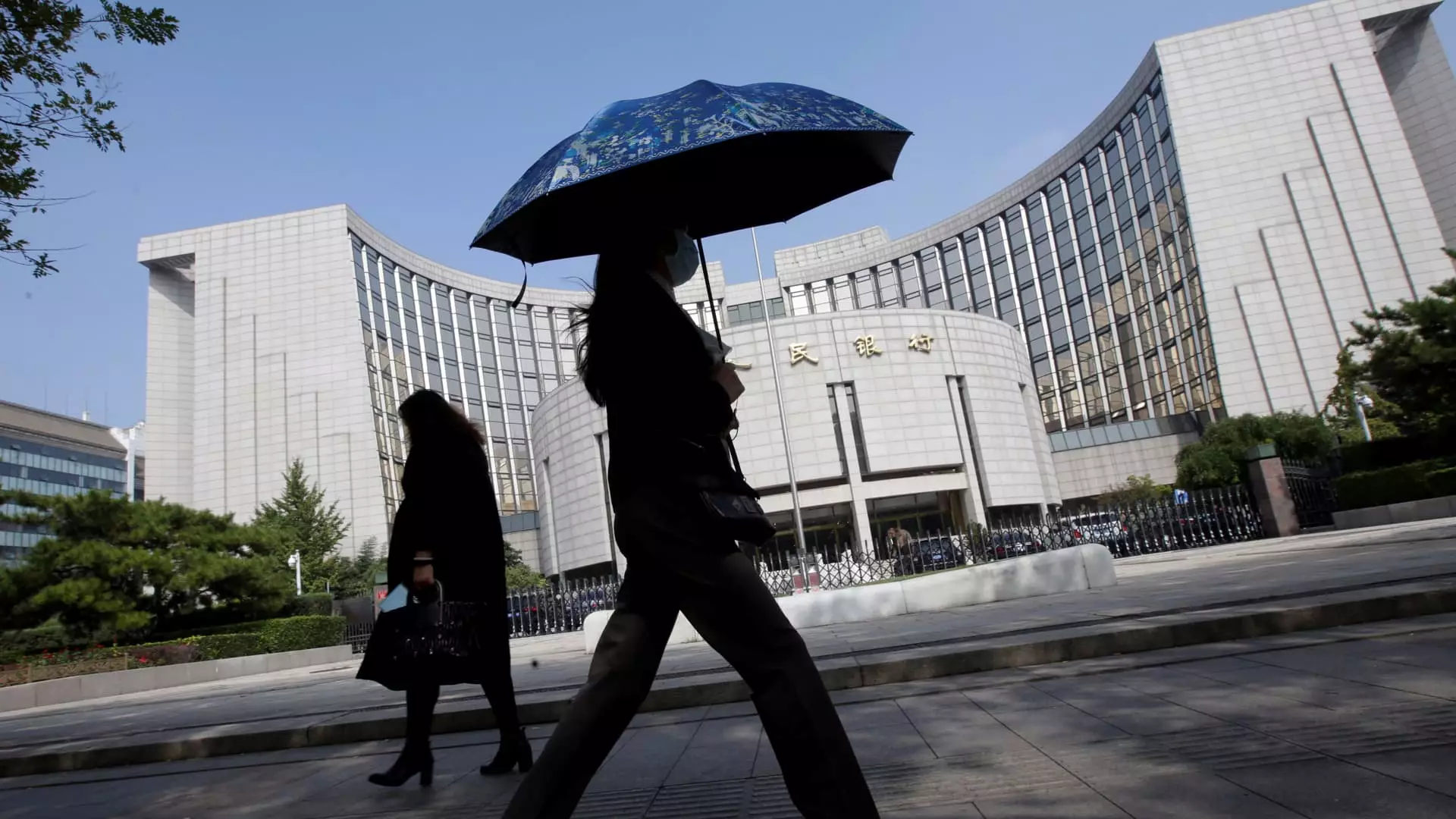The recent decision by the U.S. Federal Reserve to maintain high interest rates has had a significant impact on China’s monetary policy. Fitch Ratings, a leading ratings agency, has adjusted its expectations regarding China’s policy rate cuts. Initially predicting a rate cut for this year, Fitch now anticipates that China will maintain its one-year medium-term lending facility at 2.5% for the remainder of the year, with a potential cut to 2.25% in the following year.
One of the key reasons behind this adjustment is the influence of external factors, particularly concerns surrounding the exchange rate against the U.S. dollar. The evolving expectations for the U.S. Federal Reserve’s interest rates have placed constraints on the People’s Bank of China (PBOC). The strength of the U.S. dollar relative to the Chinese yuan, driven by the Fed’s actions, is nearing levels not seen since 2008. This dynamic has heightened the risk of capital outflows from China, adding to the challenges faced by the PBOC.
In addition to exchange rate pressures, there are also concerns regarding the low net interest margins (NIM) of Chinese banks. A decline in NIM can affect the profitability of financial institutions, making it harder for the PBOC to stimulate economic growth through traditional monetary policy measures. As a result, the central bank may need to explore alternative strategies, such as greater utilization of fiscal policy tools.
Looking ahead, Fitch Ratings expects Beijing to adopt a more proactive stance on fiscal policy in the coming year. As the U.S. Federal Reserve signals its intention to reduce policy rates, there may be more room for the PBOC to adjust its own rates in response. The alignment of monetary policies between major economies will play a crucial role in shaping China’s future economic landscape.
The PBOC uses the one-year MLF to guide the benchmark loan prime rate (LPR), which serves as a key reference point for lending rates in the country. The last adjustment to the MLF was made in August 2023, highlighting the cautious approach taken by Chinese authorities in response to changing macroeconomic conditions. Governor Pan Gongsheng emphasized the need for a “supportive” monetary policy stance to address the challenges posed by external volatility.
The interconnectedness of global financial markets means that domestic policy decisions in one country can have far-reaching implications for others. The impact of U.S. Federal Reserve rate decisions on China’s monetary policy underscores the need for a coordinated approach to managing economic risks and promoting sustainable growth. As the landscape continues to evolve, policymakers will need to remain vigilant and adaptive in navigating the complexities of the international financial system.

Leave a Reply